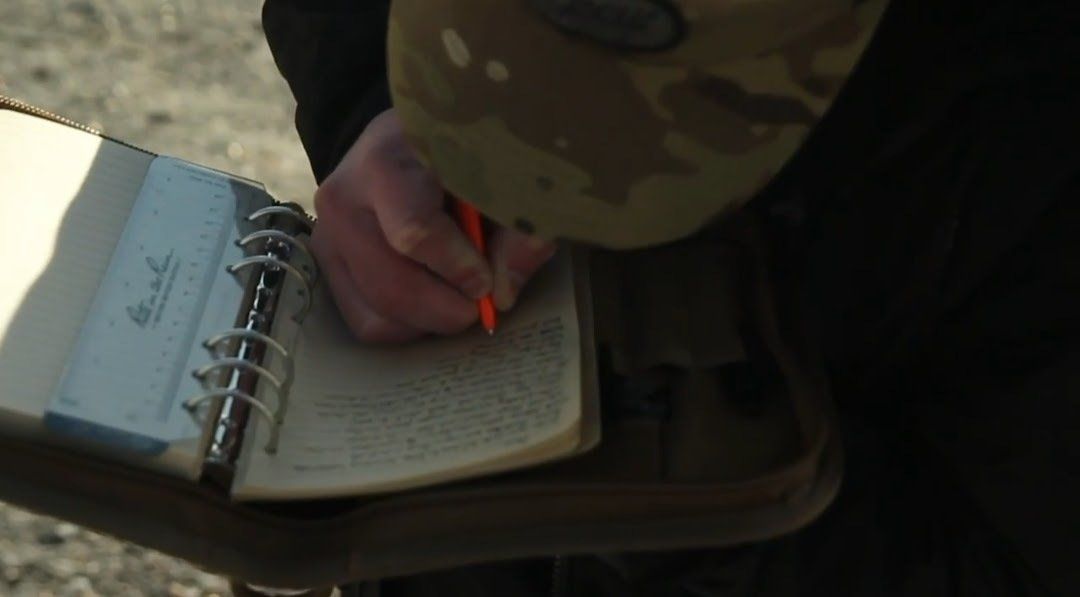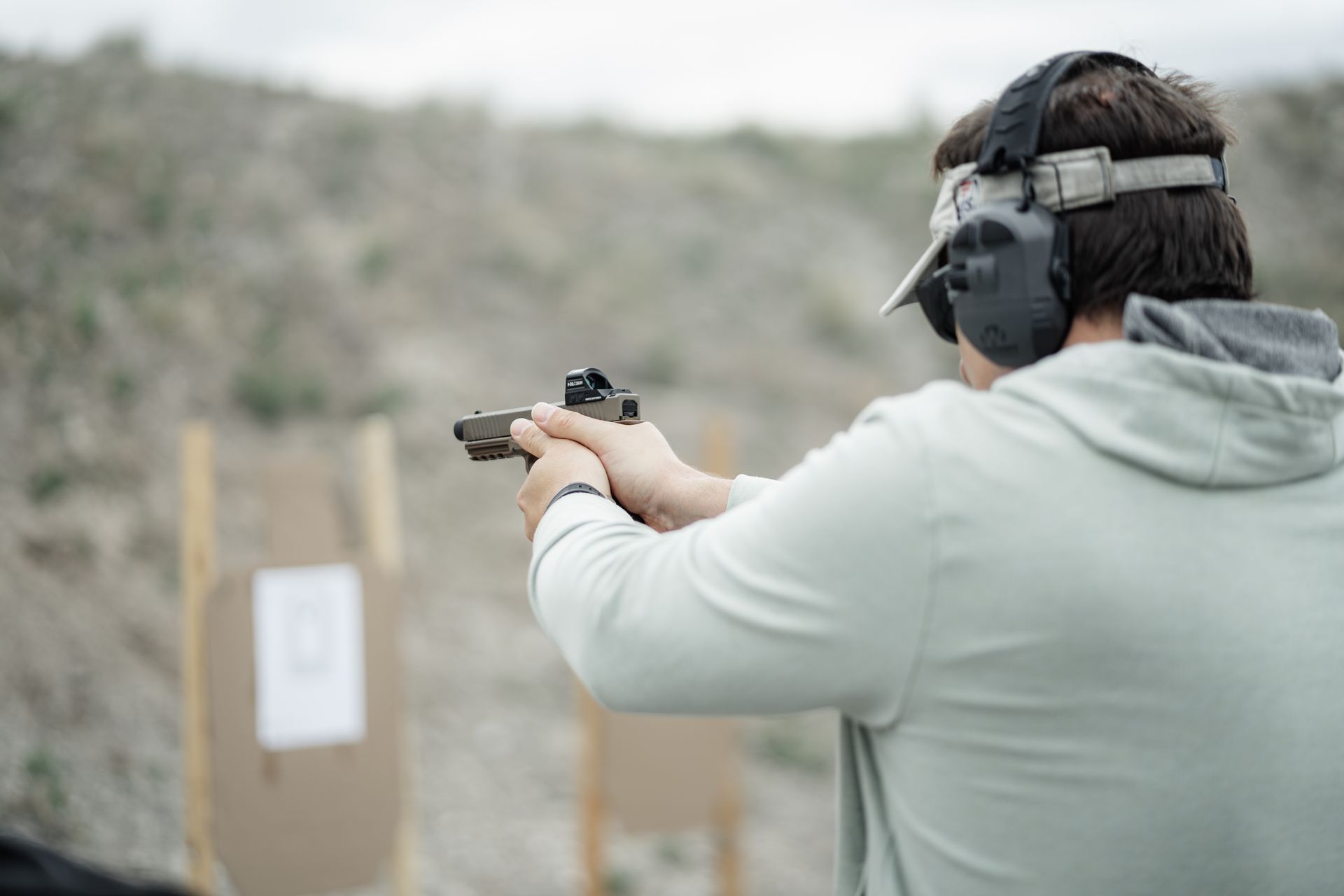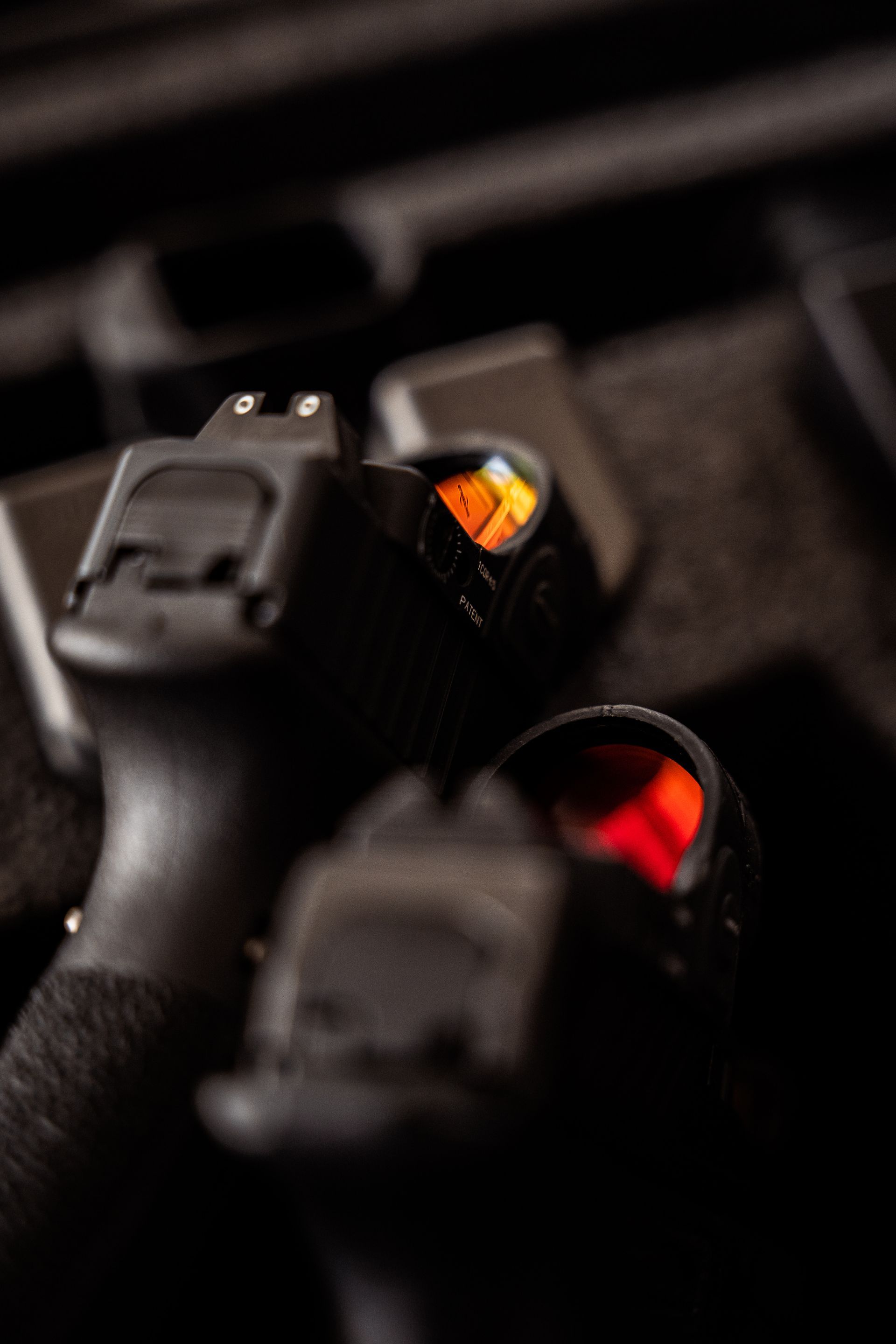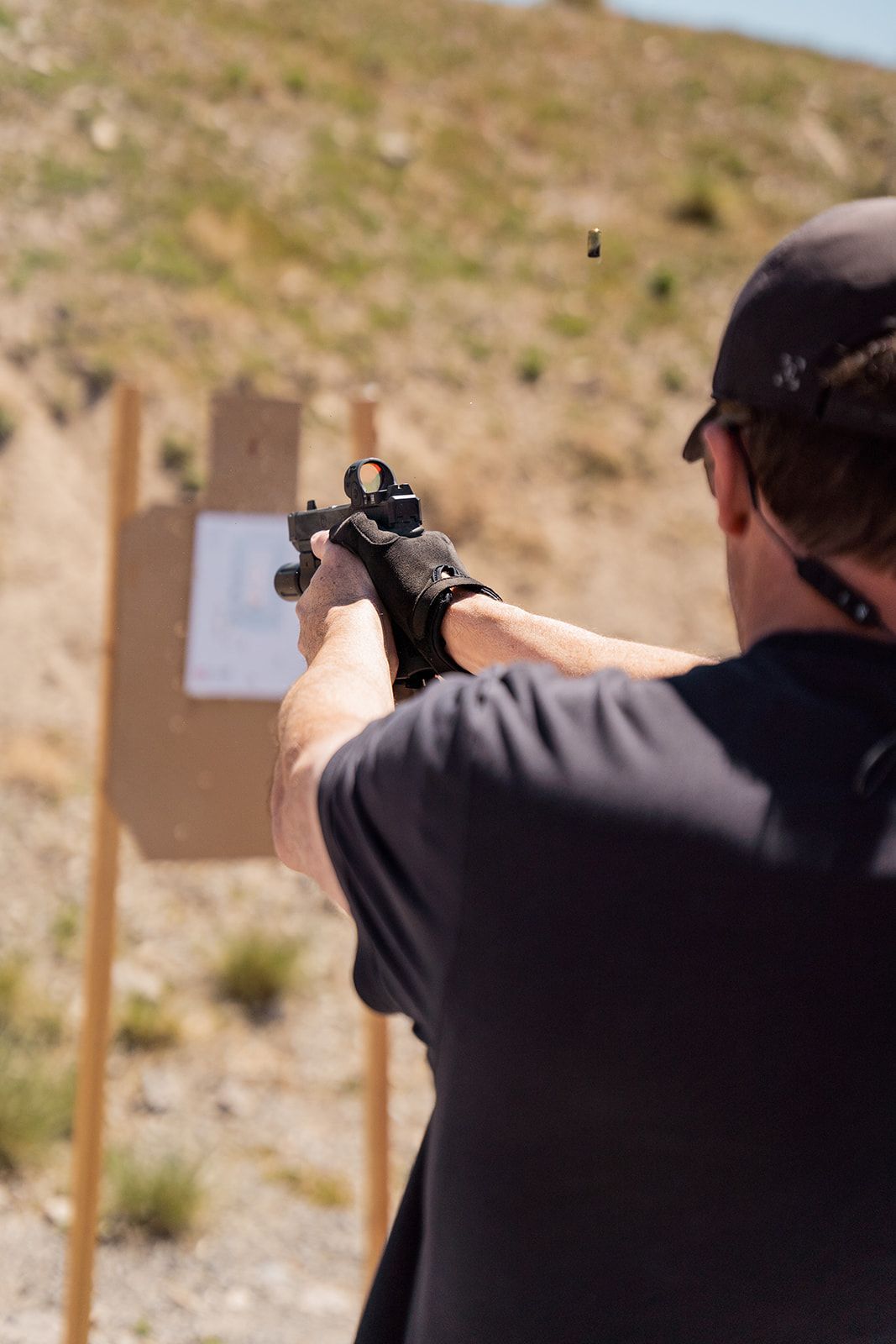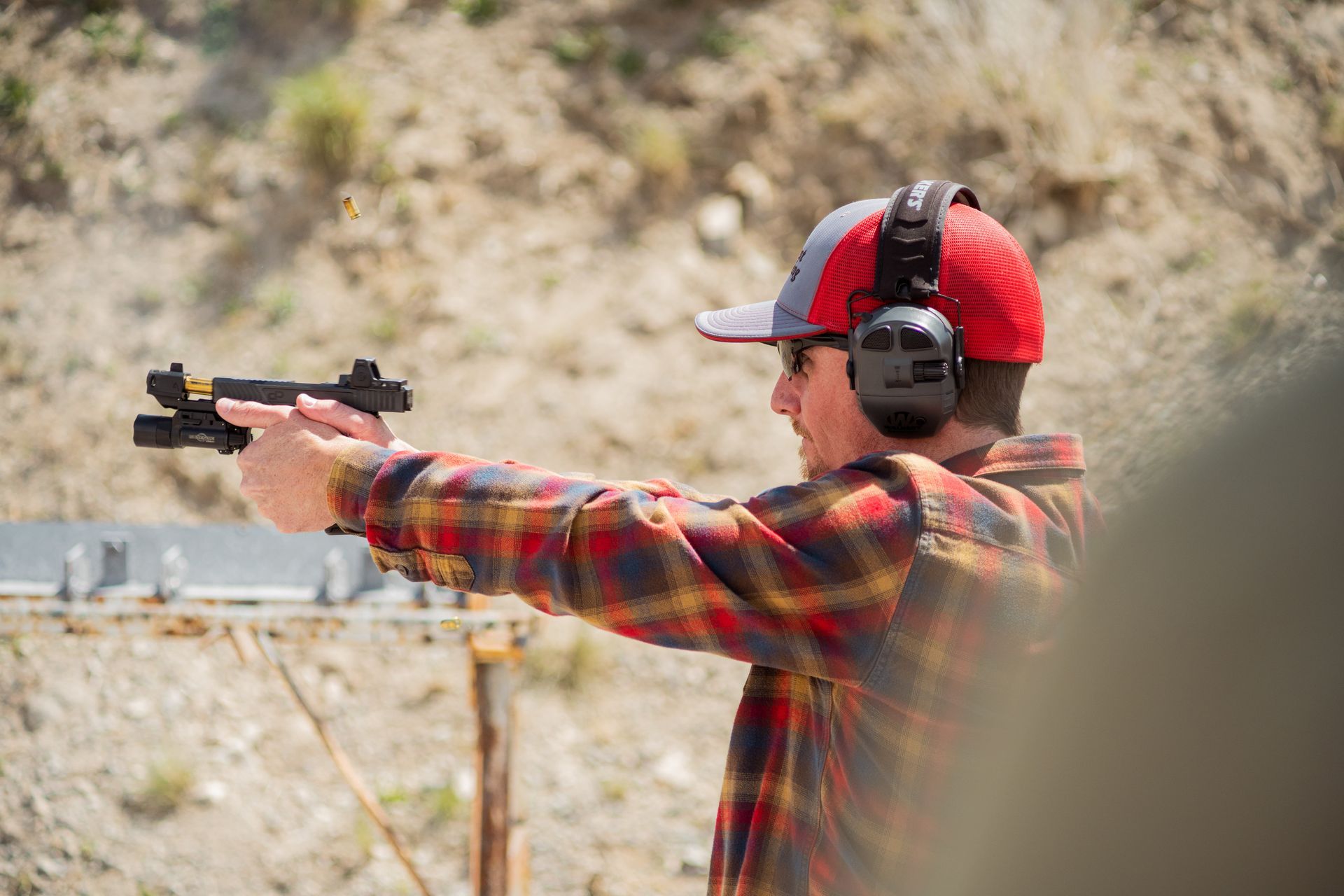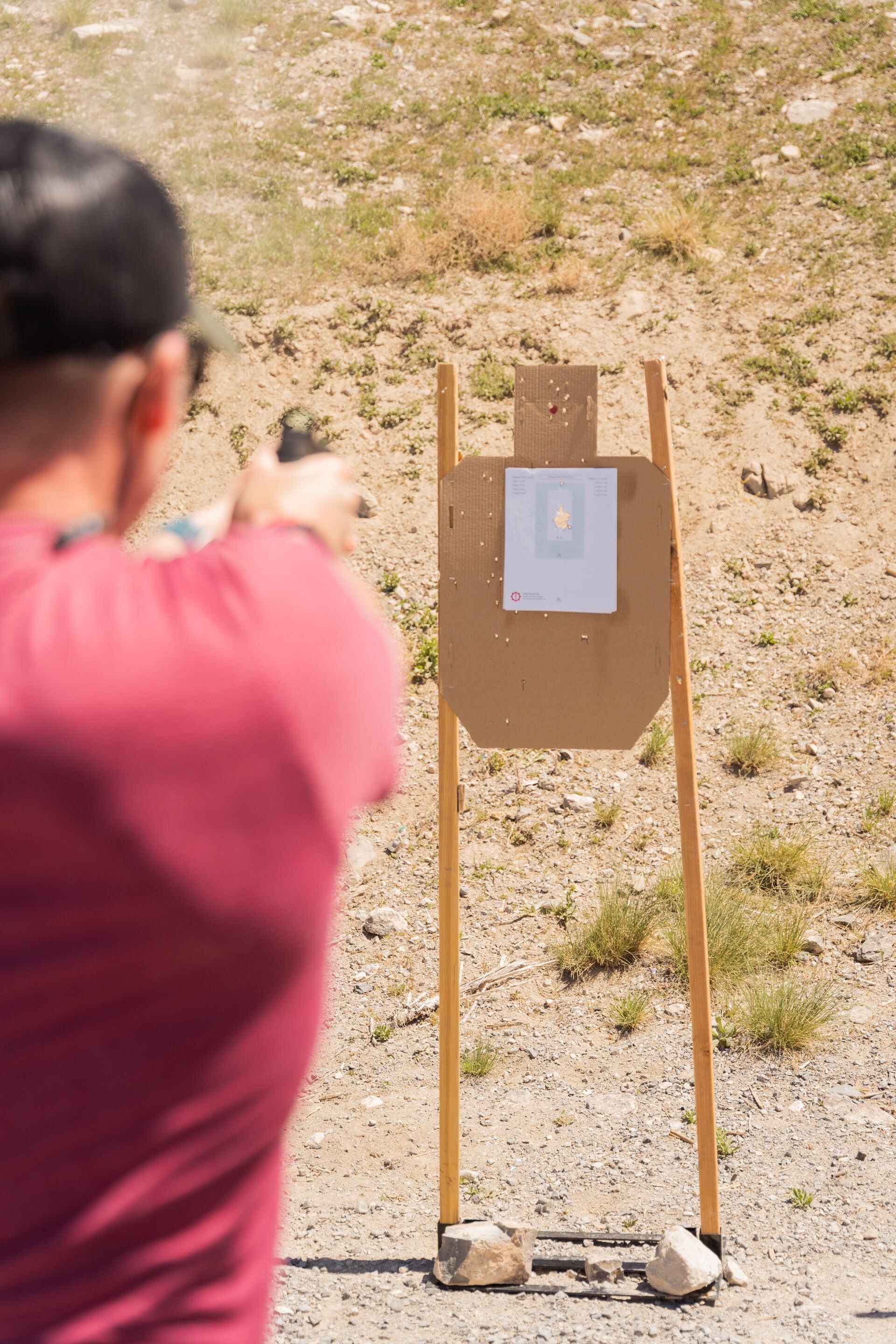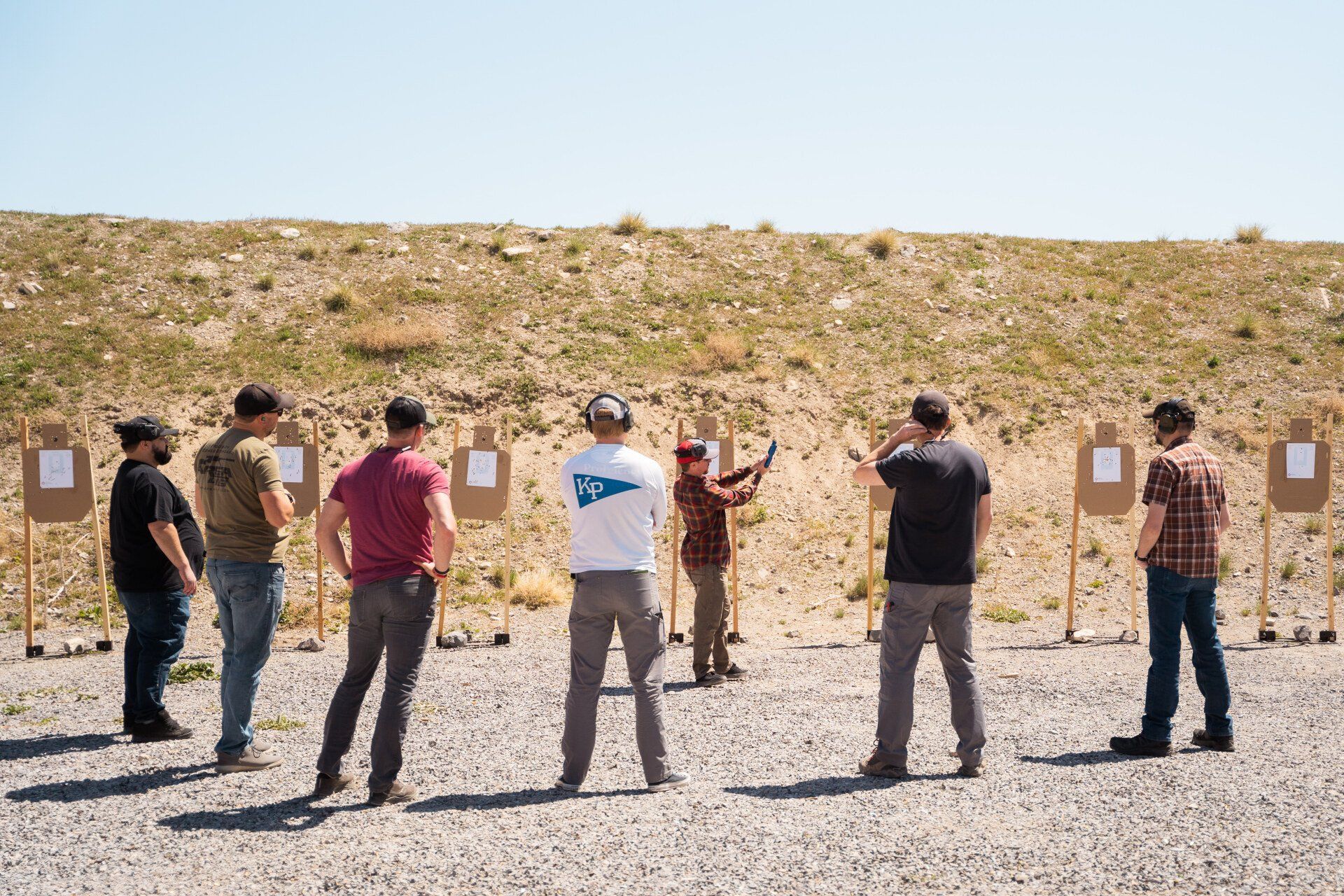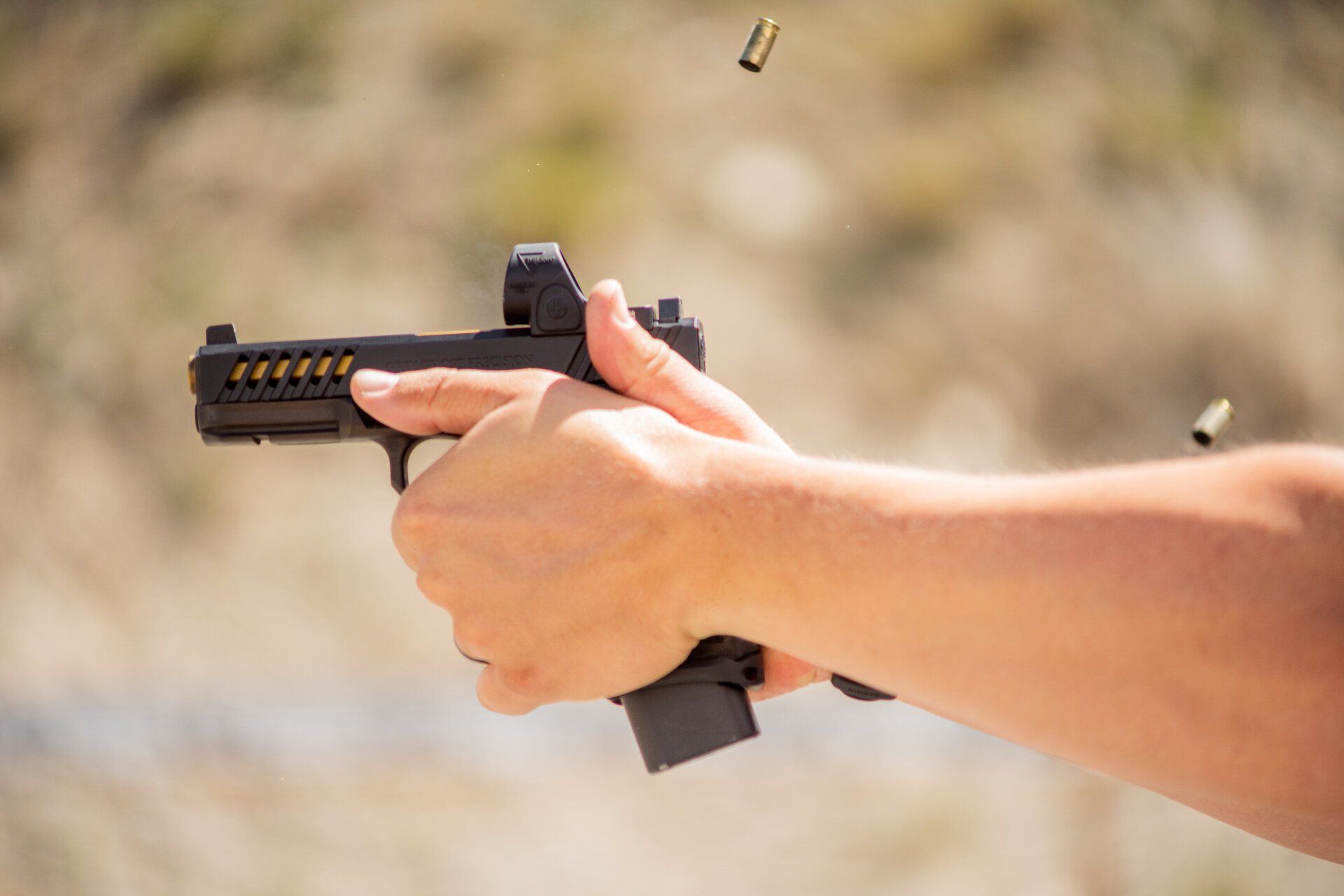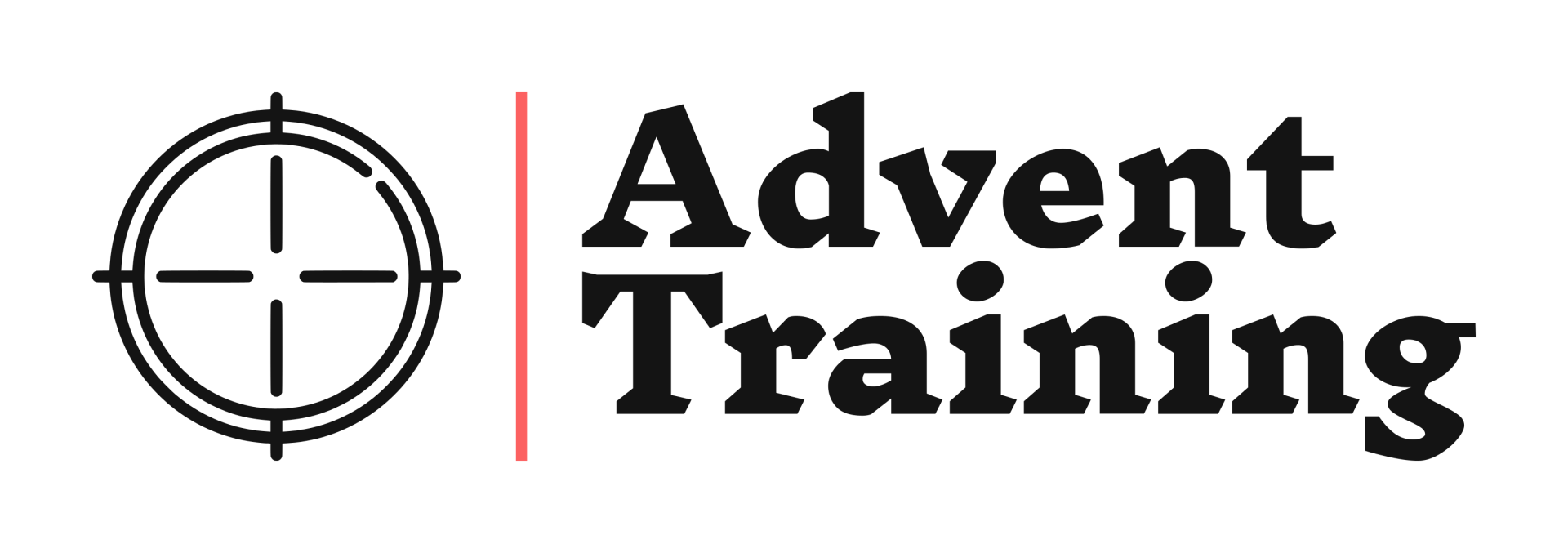Handgun Upgrades: Enhancing Performance and Personalization
Scott Garcia
June 14, 2024
Discover the Benefits and Drawbacks of Handgun Modifications to Boost Proficiency!
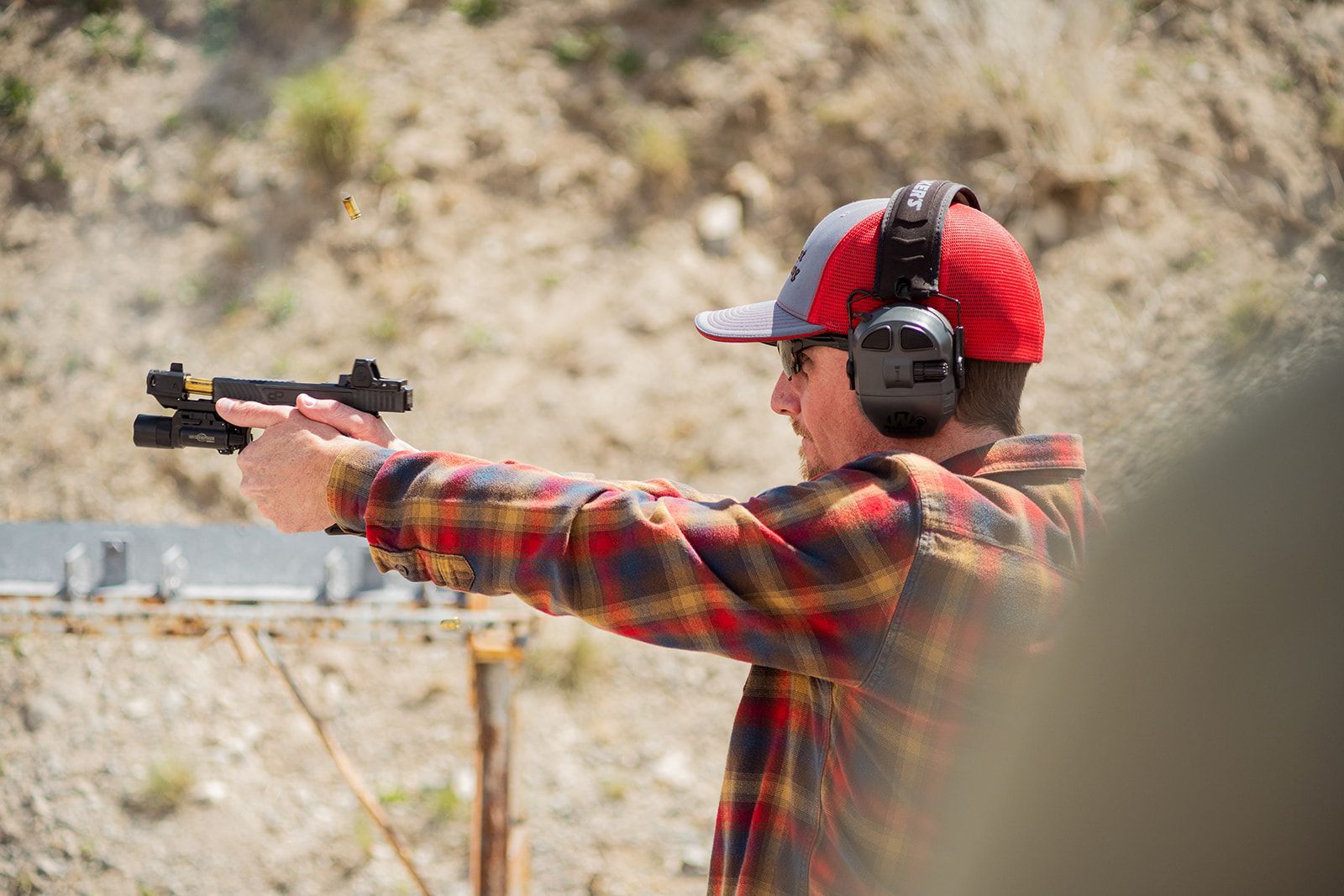
Upgrading your handgun can enhance performance, improve accuracy, and provide a more customized shooting experience. However, it's essential to consider the benefits and drawbacks of each upgrade to make informed decisions. Here, we explore various handgun upgrades, their advantages, and potential downsides.
Upgrading Your Handgun Sights
Pros:
- Improved Accuracy: Enhanced sights can provide better target acquisition and precision.
- Faster Target Acquisition: High-visibility sights, like fiber optics or night sights, allow quicker alignment, especially in low-light conditions.
- Customization: Various sight options are available to suit individual preferences and shooting styles.
Cons:
- Cost: High-quality sights can be expensive.
- Installation: May require professional installation, adding to the overall cost.
- Adjustment Period: Transitioning to new sights may require time and practice to adapt.
Adding a Laser Sight
Pros:
- Enhanced Aiming: Laser sights provide a visual indicator of where the shot will land, aiding in quick and accurate targeting.
- Training Aid: Useful for dry fire practice, helping shooters understand their trigger control and aiming.
- Low-Light Conditions: Effective in dim environments where traditional sights may be hard to see.
Cons:
- Reliability: Batteries can fail, and lasers can lose alignment if not maintained properly.
- Dependency: Shooters may become overly reliant on the laser, potentially neglecting fundamental shooting skills.
- Accuracy: If not zeroed correctly, accuracy could be hindered.
Installing a New Barrel for Greater Accuracy and Distance
Pros:
- Increased Accuracy: Precision barrels can enhance shot placement and consistency.
- Extended Range: A high-quality barrel can improve performance at longer distances.
- Customization: Options like threaded barrels allow for further attachments, such as suppressors or compensators.
Cons:
- Cost: Precision barrels can be quite expensive.
- Compatibility: Not all barrels fit all handguns; ensuring compatibility is crucial or hiring a gunsmith for installation.
- Installation: Professional installation may be necessary, adding to the cost.
Adding a Compensator (Comp) to Help Reduce Recoil
Pros:
- Reduced Recoil: Comps help manage recoil, allowing for faster follow-up shots and better control.
- Improved Accuracy: Less muzzle flip can lead to more consistent shot placement.
- Enhanced Performance: Particularly beneficial for competition shooting where speed and accuracy are critical.
Cons:
- Increased Noise and Muzzle Blast: Comps can make the handgun louder and produce more noticeable muzzle flash.
- Contact Shooting Risks: When shooting at contact distances, the spalling can injure or distract the shooter, affecting performance.
- Legal Considerations: Comps may not be legal in all jurisdictions.
Changing the Grip (Stippling or Skateboard Tape) to Improve Grip and Control
Pros:
- Enhanced Control: Improved grip texture helps maintain control during rapid firing and high round counts.
- Customization: Allows shooters to tailor the grip to their hand size and preferences.
- Improved Comfort: Reduces slippage and increases comfort during extended shooting sessions.
Cons:
- Permanent Modification: Stippling is a permanent change that may affect the resale value of the firearm.
- DIY Risks: Poorly executed grip modifications can damage the gun and negatively impact handling.
- Cost: Professional stippling services can be expensive.
- Initial Discomfort: Rougher grip textures can cause sores or cuts until the shooter's hands develop calluses.
Adding a Red Dot Sight for Target-Focused Shooting
Pros:
- Faster Target Acquisition: Red dots allow shooters to focus on the target rather than aligning front and rear sights.
- Increased Accuracy: Provides a single point of aim, which can enhance precision.
- Versatility: Effective in various lighting conditions, including lowlight, and shooting scenarios.
- Single Focal Plane: Unlike iron sights, which require aligning three focal planes, red dots provide a single point of focus (the target).
Cons:
- Cost: High-quality red dot sights can be pricey.
- Battery Dependence: Requires batteries, which can fail at inopportune times.
- Learning Curve: Transitioning to a red dot sight may require practice and adjustment.
Adding a Weapon Mounted Light for Low Light Conditions
Pros:
- Improved Visibility: Enhances target identification and situational awareness in low-light environments.
- Hands-Free Operation: Allows shooters to maintain a proper grip on the firearm while illuminating targets.
- Deterrence: A visible light can deter potential threats.
- Target Identification: Having a weapon mounted light gives you the ability to positively identify your target.
Cons:
- Weight and Bulk: Adds weight and bulk to the firearm, potentially affecting handling and concealability.
- Battery Dependence: Requires batteries, which will deplete over time.
- Safety Considerations: Must be used responsibly to avoid accidental discharges.
Upgrading your handgun can significantly enhance your shooting experience, but it's essential to weigh the benefits and drawbacks of each modification. By understanding these factors, you can make informed decisions that best suit your needs and preferences, ultimately improving your handgun proficiency and performance.
Is There Such Thing as Too Many Upgrades?
While upgrading your handgun can enhance its performance and personalize it to your needs, there is a point where too many modifications can be detrimental.
The Balance Between Utility and Over-Modification
Pros:
- Customization: Upgrades allow shooters to tailor their handguns to their specific needs and preferences, improving overall performance.
- Enhanced Capabilities: Certain upgrades can significantly improve accuracy, recoil management, and low-light performance.
- Enhanced Performance: Upgrades can hide inefficiencies or lack of shooting fundamentals.
Cons:
- Complexity: Too many modifications can complicate the firearm, making it more challenging to operate under stress.
- Reliability Issues: Each added component increases the potential for malfunctions or failures, particularly if the upgrades are not installed correctly.
- Fundamentals Crutch: Relying on upgrades can become a crutch, potentially hindering the development of proper shooting fundamentals.
- Legal Concerns: Some upgrades may not be legal in all jurisdictions.
Finding the Right Balance
It's crucial to find a balance that enhances your shooting experience without over-complicating the firearm. Here are some tips:
- Prioritize Essential Upgrades: Focus on modifications that provide the most significant benefits for your specific needs, such as improved sights or a weapon-mounted light.
- Test Each Upgrade: Introduce one upgrade at a time and thoroughly test it to ensure it enhances performance without introducing new issues.
- Seek Professional Advice: Consult with experienced shooters or professionals to get recommendations on worthwhile upgrades.
- Keep It Simple: Aim for a functional and reliable setup rather than a heavily modified one that may compromise performance.
By carefully selecting and testing upgrades, you can enhance your handgun's capabilities without falling into the trap of over-modification and/or a unreliable gun. Remember, the goal is to improve your proficiency and performance, not to create a firearm that's difficult to manage and maintain. Have an upgrade in mind? Contact us and we can order the parts for you at a great deal!
Follow us on social media to see what we are all about!
